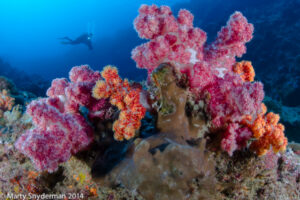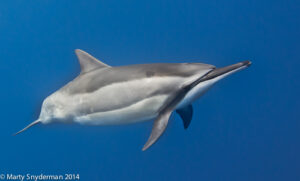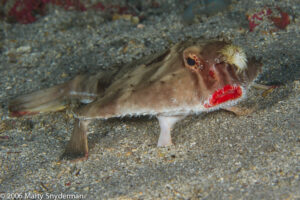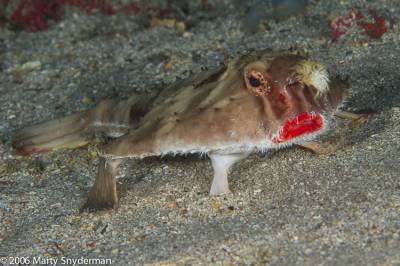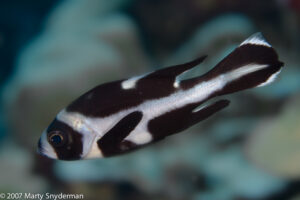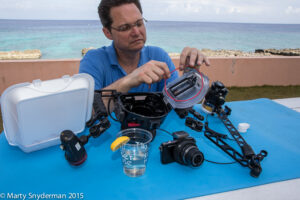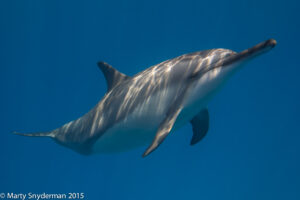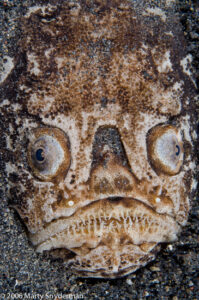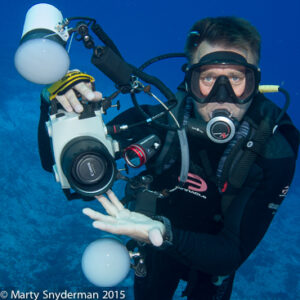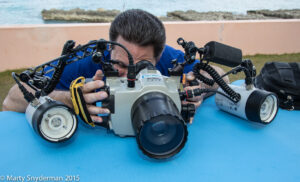Your cart is currently empty!
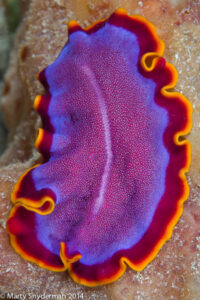
There is no doubt that vivid colors command our attention.
Color alone won’t make a photograph exceptional. But vivid colors will draw the eyes of viewers and create interest even in ordinary subjects. And that is a message that should not be overlooked.
Consider the photograph of a rather colorful flatworm that illustrates this piece.
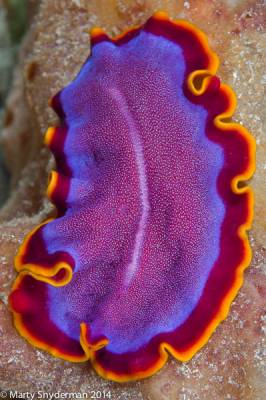
I think you will agree that the vivid colors of this...

